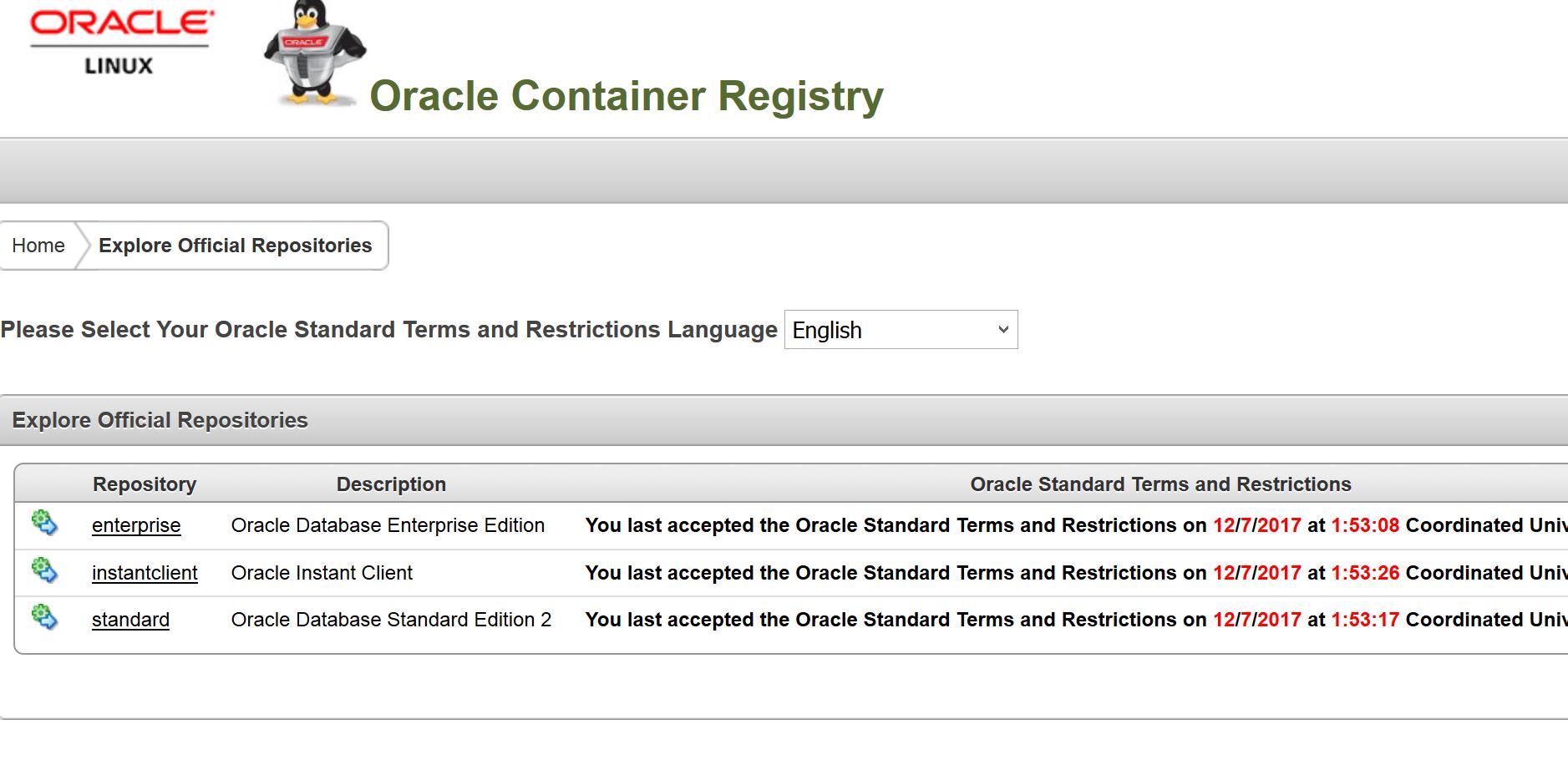
- #ORACLE DATABASE ENTERPRISE EDITION UPDATE#
- #ORACLE DATABASE ENTERPRISE EDITION UPGRADE#
- #ORACLE DATABASE ENTERPRISE EDITION FULL#
#ORACLE DATABASE ENTERPRISE EDITION UPDATE#
If an Oracle patch set update (PSU) has been installed in the Oracle Home, then this script will automatically apply that PSU to the database.
#ORACLE DATABASE ENTERPRISE EDITION UPGRADE#
Run catuppst.sql, located in the ORACLE_HOME /rdbms/admin directory, to perform remaining upgrade actions that do not require the database to be in UPGRADE mode. See "Desupport of Database Rules Manager (RUL) and Expression Filter (EXF)."ĭo not run in UPGRADE mode. The catnoexf.sql script removes the Expression Filter (EXF) and Database Rules Manager (RUL) components, which are desupported in this release. The upgrade process runs this script for you however, you can run the catnoexf.sql script before the upgrade.

The catnoamd.sql script drops the OLAP catalog component, also referred to as AMD. See "Downgrading a CDB or Non-CDB Oracle Database."ĭo not run in UPGRADE mode. This is the downgrade script, which is used in the procedure to downgrade to the earlier release from which you upgraded. See "About the Parallel Upgrade Utility for Oracle Database".
#ORACLE DATABASE ENTERPRISE EDITION FULL#
Upgrade scripts and processes can be run in parallel, taking full advantage of CPU capacity and shortening the upgrade time. In Oracle Database 12 c, the catupgrd.sql Upgrade Utility has been replaced with the Parallel Upgrade Utility. This script is used when upgrading a CDB. Table 1-1 Upgrade, Post-Upgrade, and Downgrade Scripts Script In this case you are instructed to refer to the Oracle Database Installation Guide for your operating system. The upgrade steps in Oracle Database Upgrade Guide apply to all operating systems, except where operating system-specific details might be needed. The upgrade process is handled separately after you migrate the data. Migrating does not include upgrading to the latest release. You migrate data when you need to move your database environment to a new hardware or operating system platform, or to a new character set. Migrating data refers to moving data from one Oracle Database into another database previously created for migrating or moving the data. Upgrading does not directly affect user data no data is touched, changed, or moved during an upgrade. The data dictionary for the database is upgraded to the new release. Upgrading transforms an existing Oracle Database environment (including installed components and associated applications) into an Oracle Database 12 c environment. Moving from Oracle Database Express Edition (Oracle Database XE) to Oracle Databaseġ.1 Overview of Oracle Database Upgrade Tools and Processes

Moving from Enterprise Edition to Standard Edition of Oracle Database Moving From Standard Edition to Enterprise Edition of Oracle Database Optimal Flexible Architecture (OFA) and Oracle Database InstallationsĬonverting 32-bit Oracle Database to 64-bit Oracle DatabaseĪbout Rolling Upgrades for Oracle ASM and Oracle RAC Databases Major Steps in the Upgrade Process for Oracle DatabaseĬompatibility and Interoperability between Oracle Database Releases Oracle Database Releases That Support Direct Upgrade

Where to Find the Latest Information About Upgrading Oracle Database Overview of Oracle Database Upgrade Tools and Processes This chapter contains the following topics: Oracle provides upgrade options and strategies that are designed for your database environment, and an array of tools that automate the Oracle Database upgrade process. 1 Introduction to Upgrading Oracle Database


 0 kommentar(er)
0 kommentar(er)
